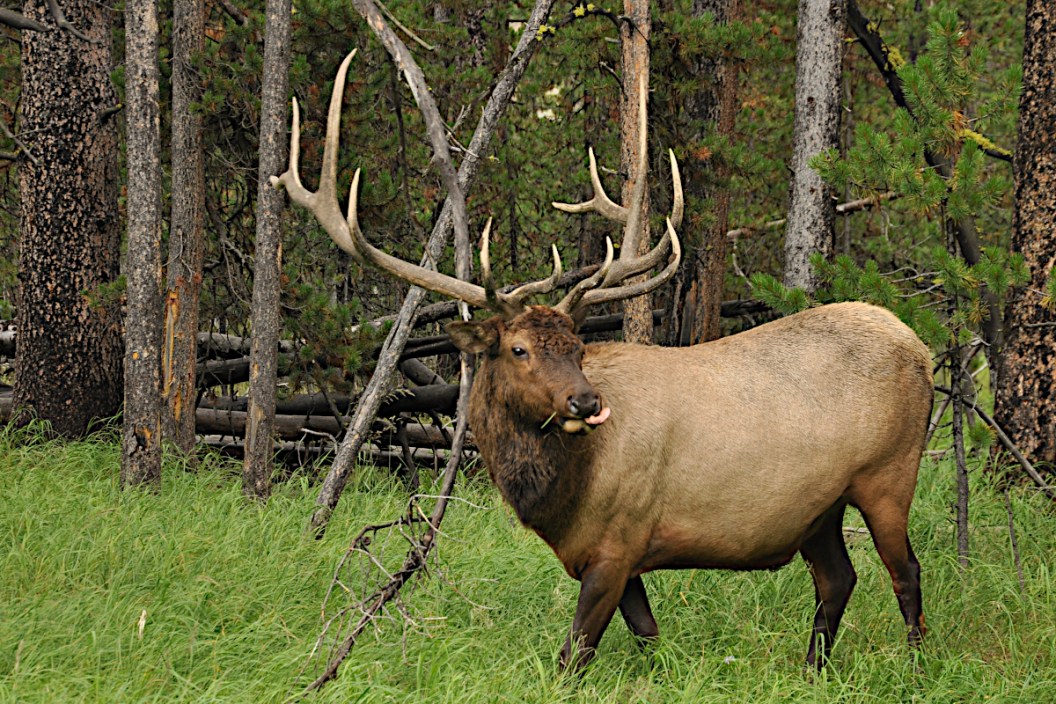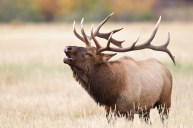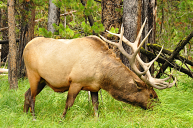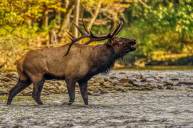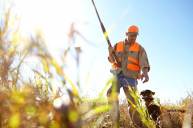These are the best places to hunt elk in North America.
Elk are some of the most magnificent members of the deer family, and often a bucket list goal for many big game hunters. Everyone should experience the thrill of a loud, close bugle on a frosty morning. But of course, not all of us live in an area where the biggest bulls roam, which usually means planning for an extravagant, out-of-state trip.
Planning such a trip seems daunting, especially considering the number of different hunting area options. Do you seek out private or public land? Rifle season or archery hunt? What kind of success rate does the area of your choosing have?
We'll try to make things a little easier for the prospective elk hunters out there. These are the 10 best places for hunting elk here in North America.
1. North and South Idaho
This western state generally isn't considered the absolute best state for hunting elk, but it is quickly growing in popularity for a simple reason: the easy availability of over-the-counter tags for non-residents.
In fact, in recent years they've often sold out.
These tags go on sale on Dec. 1 every year and sell until they're gone. For 2019, tags for the Bear River Zone - B tag and Diamond Creek Zone - A tag have already sold out.
Idaho has hundreds of thousands of acres of public land available in a variety of terrain. Want a desert elk hunting experience? Try the more southern portions of the state. For a forest wilderness areas experience, the northern part of the state is a great option.
2. Northwest Wyoming
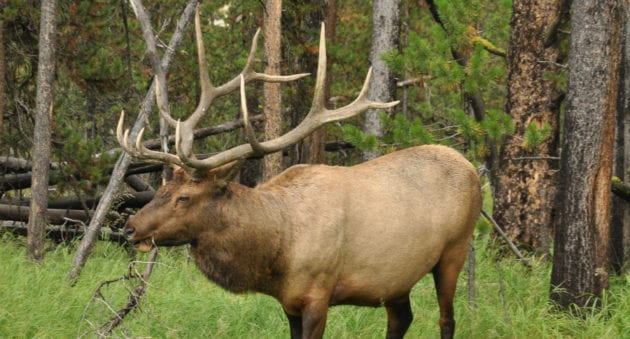
Travis Smola
If you've ever spent time in Yellowstone or Grand Teton National Parks, you know just how special this part of the Equality State is. Wyoming is loaded with trophy elk and the northwest part of the state is no exception. If you're looking to go on a guided hunt, this part is a good option. There are many wilderness areas here, and nonresidents are required to have a guide here anyway under Wyoming's regulations.
But there are also a few areas for anyone looking to do it all themselves, such as Areas 79 and 81 outside of the Grand Tetons.
Speaking of cow/calf tags, if you just want to fill your freezer in a beautiful place, try applying for a antlerless hunt in Grand Teton National Park or the National Elk Refuge. (Elk Hunt Areas 75 and 77). Wyoming is a great destination if you are looking to do a combination hunt for mule deer at the same time as the big bucks are plentiful in this part of the Equality State.
3. Western and Southwest Colorado
Colorado is known as a great elk hunting state in general, thanks to the huge elk numbers there. It's one of the best elk destinations for non-residents to go just based on the number of OTC tags available for a variety of seasons. It doesn't matter if you're looking for a rifle hunt or archery elk, the Rocky Mountains are full of prime opportunities at trophy bulls. Especially if you are looking for a DIY-style experience.
Just like Idaho, the west and southwest of the state offers some good elk hunting opportunities in a variety of terrain. Public land consists of both National Forests and BLM land
As for the best units? You'll get varying opinions on that, but Game Management Units 40, 74, 13, 22 and 4 are all held in pretty high regard, especially during archery season. The Colorado Parks and Wildlife Department starts OTC sales in August, so mark your calendars.
4. Southwest Utah

Travis Smola
Just about anywhere in Utah is a good place to try your hand at elk hunting. They have a very healthy elk herd and plenty of elk tags to go around. Just be sure to do your homework ahead of time.
There are plenty of opportunities for big bulls here, but the regulations are a bit different than other states. For instance, Utah has a lot of "spike only" harvest areas. Make sure you're buying for the area and hunt you want.
Utah's elk tags are first-come, first-serve. As for areas for a trophy bull, you might consider the Monroe Mountain Unit (if you can get a tag there), which produced a nearly 500-inch non-typical in 2008.
5. Anywhere in Arizona
The Grand Canyon State is generally thought of as a trophy bull destination. There is one downside to this state as an elk destination, and that's all the best hunt areas are draw-only for the tags. However, high success rates are what drive a lot of that demand during hunting season.
There are population control tags available over the counter, but you'll find most Arizona residents aren't interested in these tags, because they aren't ideal hunting areas and the timing of the seasons can be a little uncommon.
Some of the most popular hunt units in the state include units 3b, 6b, 8, 9 and 10.
6. Southern Montana
Big Sky Country is also home to some of the biggest bulls in North America. Look no further than Steve Felix's 430-inch bull from 2017 for the proof. This massive bull came from the southwest part of the state, in Powder River County. Not only is it one of the biggest bulls ever taken with archery gear, but it was shot on public land!
If you want to take on Montana as a nonresident hunter, it will cost you. It's not cheap to hunt in Montana, but there are plenty of public lands for you to try your luck on. This is not a dream big-game hunting destination for nothing.
7. Northeast Oregon
Oregon is another destination elk hunting state, and it is little wonder why. There are millions of acres of public land to hunt here. But generally, you're going to find the hunt areas in the Northeast part of the state produce the biggest bulls on a consistent basis.
You also get a little variety because you can hunt Roosevelt elk here. Over-the-counter tags are available, but you'll want to act quick once they go on sale, because they tend to sell out quickly. They also aren't cheap.
8. Central Pennsylvania
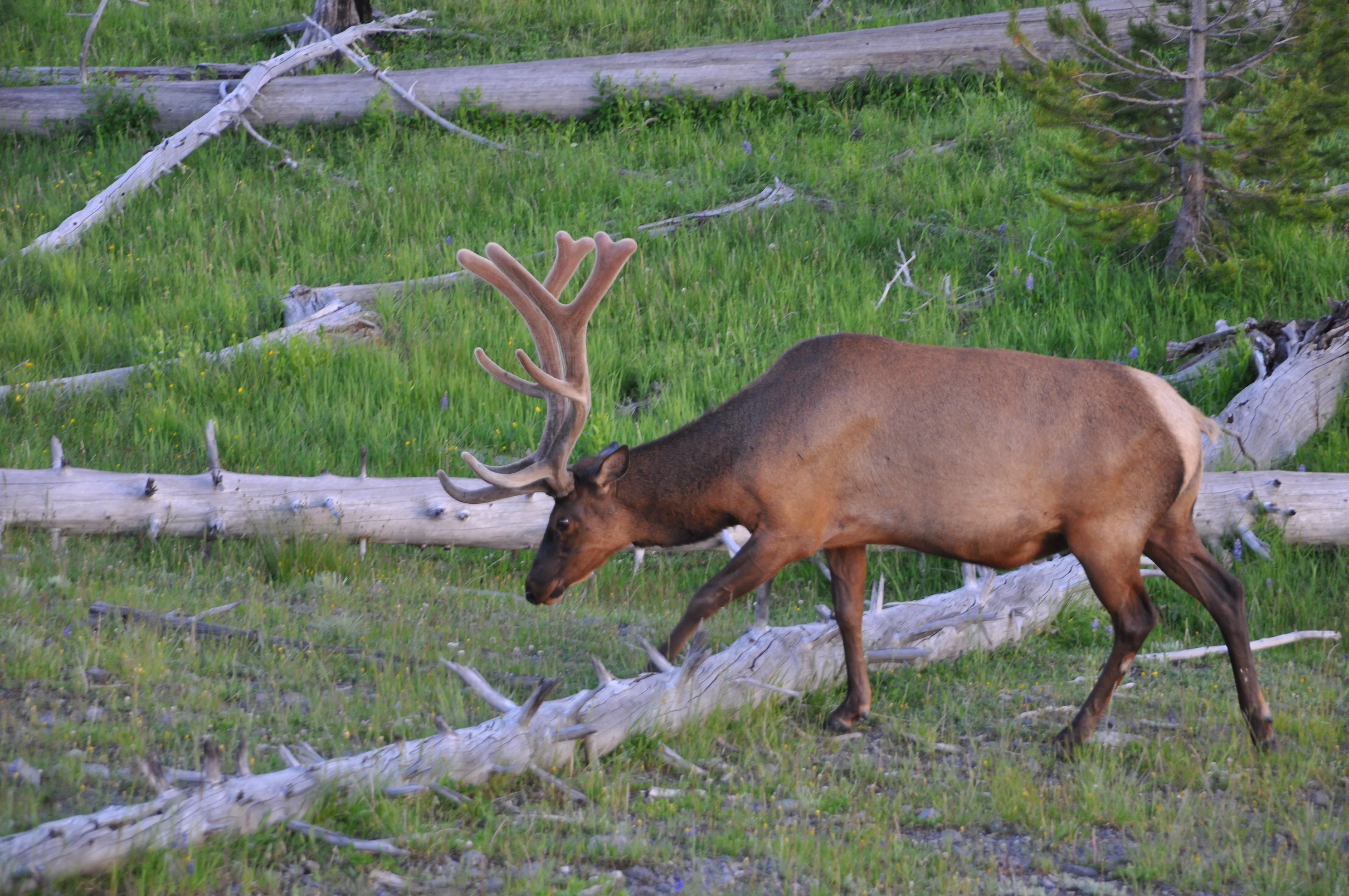
Travis Smola
You may have noticed a lack of eastern states on this list. It's no coincidence. The elk herds simply aren't as strong in this part of the country as they are in the west. Pennsylvania is probably the closest option to home if you live in the eastern part of the country. Or if you simply want to hunt at lower elevations without gasping for air every few steps while glassing.
There are only a couple seasons and they're each around five days each. The downside is that there is more private land than public in the Keystone State.
Unfortunately, odds are against you in the draw, but if you are successful, Zone 3 probably provides the best option. The zone is over 25,000 acres, but 95 percent of that is public land, giving you lots of hunting options.
9. Vancouver Island, British Columbia
Another option for Roosevelt elk is to head north over the border to Canada. One of the biggest Roosevelt elk ever taken was a 9x10 monster scoring 427 inches SCI on Vancouver Island.
British Columbia has plenty of public land options for this species. In order to hunt in Canada, residents of the U.S. are required to be accompanied by a guide. You are also required to purchase not just a hunting license, but a species license as well. That is before figuring in the costs of an outfitter. Still, it's a great destination to go with your bow or muzzleloader.
10. New Mexico
This state is something of a hidden gem when it comes to backcountry monster bulls. Elk populations are lower than Colorado and tags aren't as easy to get as other states, but there are some monsters to be found here if you can find an area devoid of hunting pressure.
Like Utah, you must be careful what tags you get for what areas, because some tags are good for spikes only. Other areas have antler point restrictions where you'll have to verify at least six on one side before you shoot.
As for where to hunt, there are several promising counties that come up again and again. Colfax County produced the state record 434 3/8-inch non-typical. But don't overlook Catron County, which has produced two 400-inch non-typical bulls and a 400-inch typical. Cibola County is another proven county with two 400-inch non-typicals.
Were any of these locations already on your target list? Did you learn about some new ones? In any case, you've only got one thing left to do: Plan the hunt, and accomplish the goal.
For more outdoor content from Travis Smola, be sure to follow him on Twitter and check out his Geocaching and Outdoors with Travis YouTube channels.
NEXT: THE AXIS DEER AND HOW THEY'RE IMPACTING PARTS OF THE UNITED STATES
